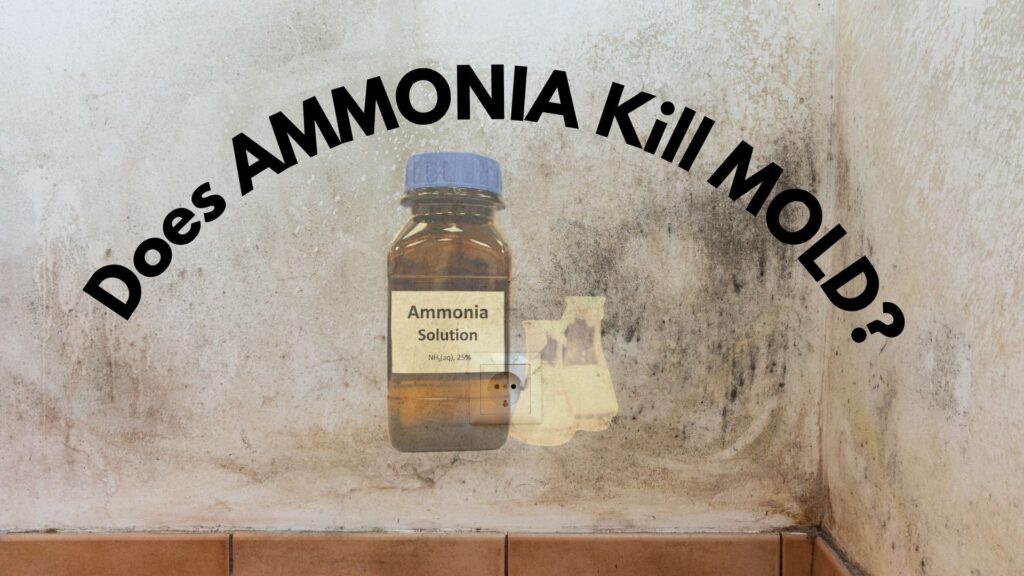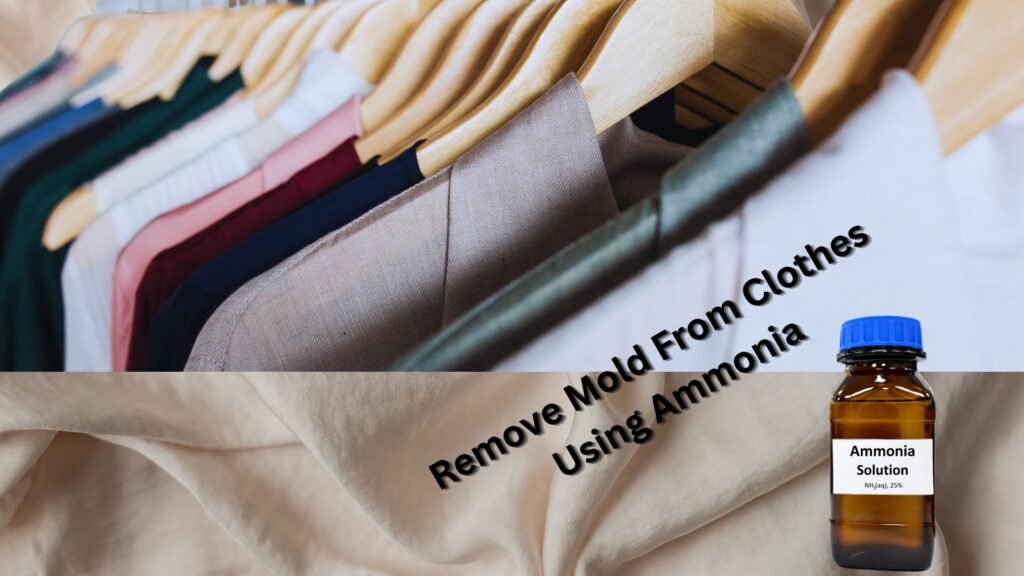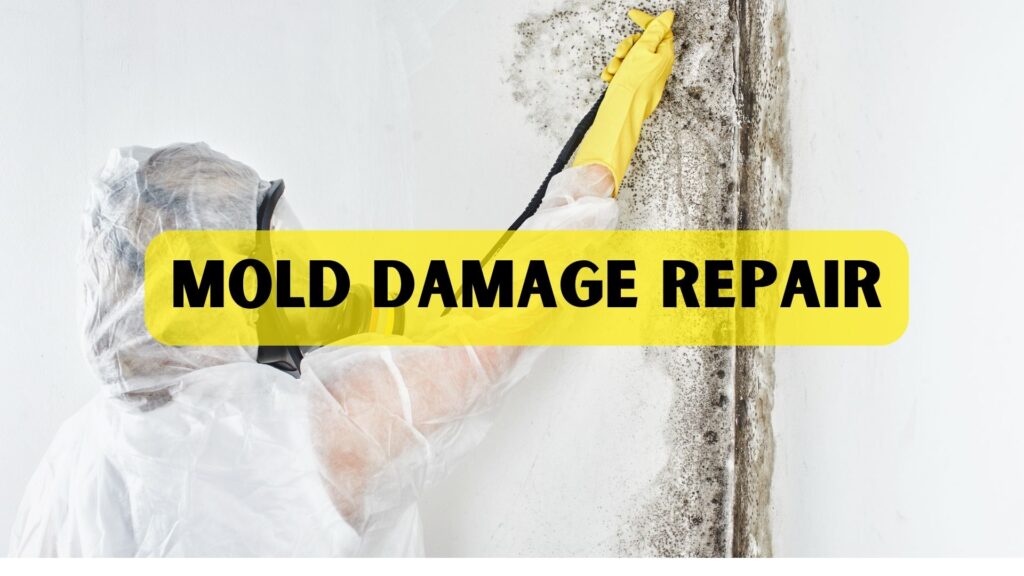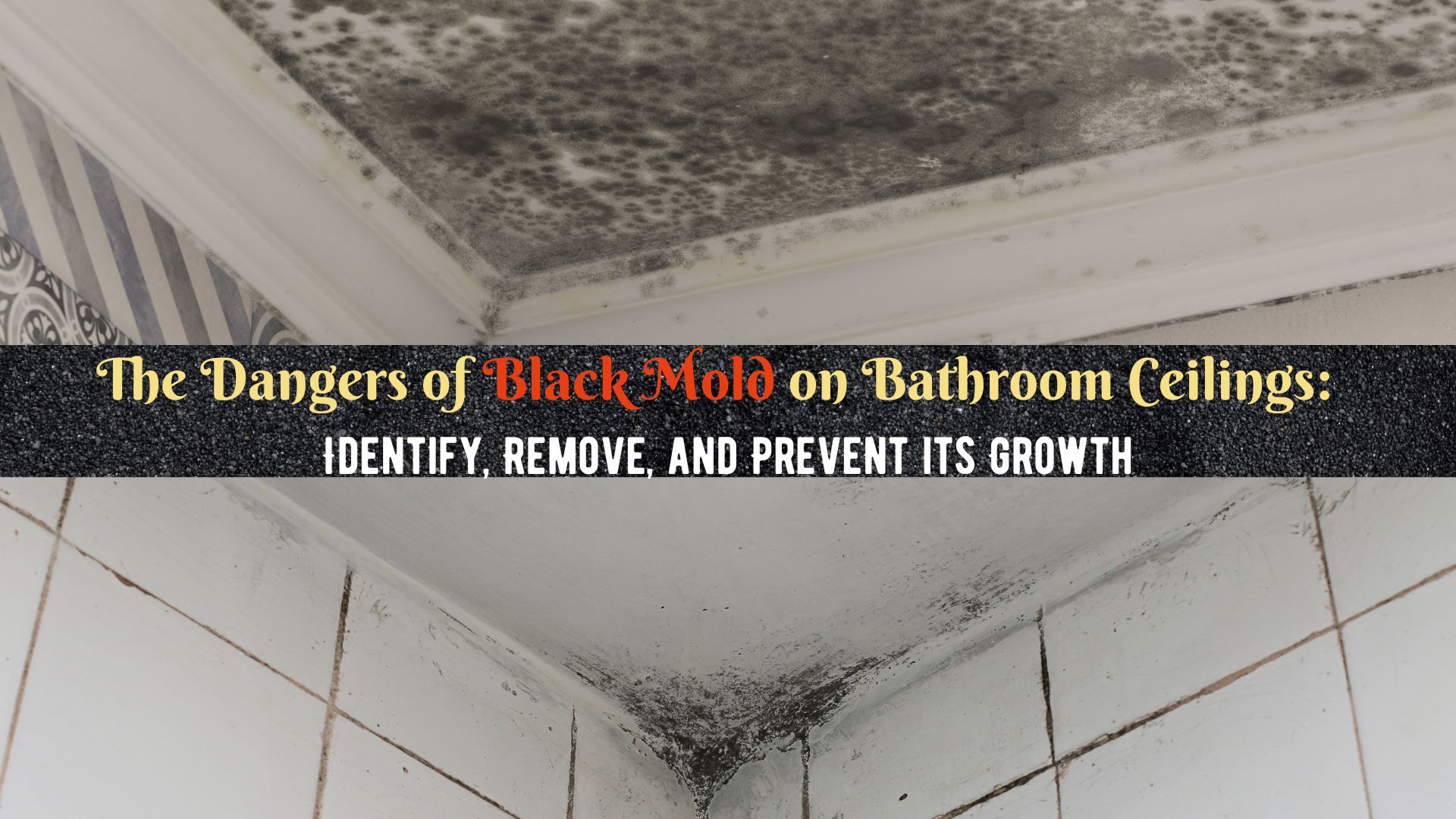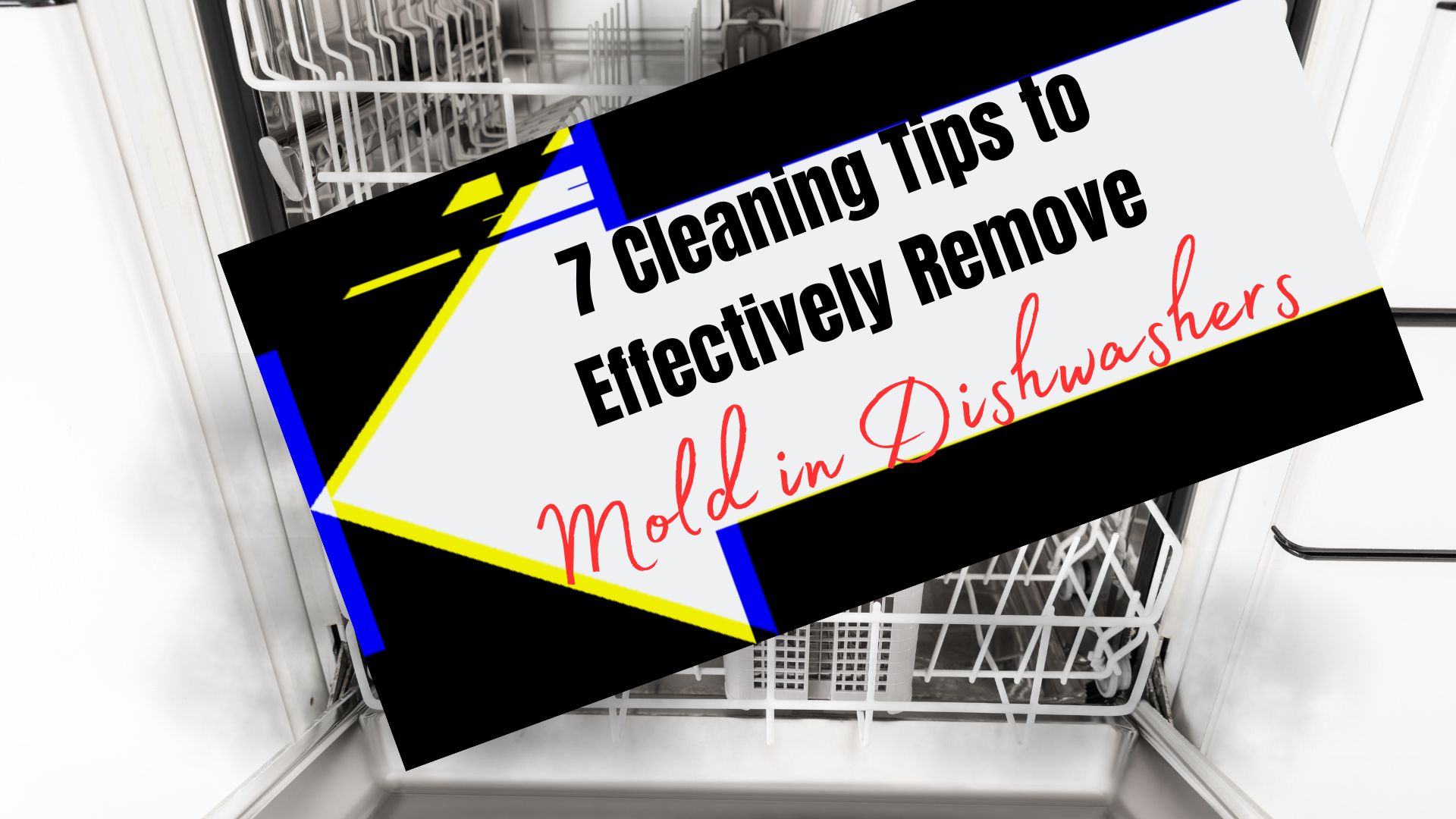Does ammonia kill mold? This question often arises when homeowners seek effective methods to combat mold growth. Mold can be a persistent and bothersome problem, leading people to explore various solutions for its removal. Ammonia, known for its potent cleaning properties, is one such option that has gained attention. In this article, we will delve into the effectiveness of ammonia in killing mold, examining its properties, proper usage, and potential limitations. By understanding the impact of ammonia solutions on mold removal, you can make informed decisions about tackling mold-related issues in your home. So, let’s explore the question: Does ammonia kill mold?
The Science Behind Ammonia’s Mold-Killing Properties
Examining How Ammonia Works on Mold Spores
To comprehend how ammonia tackles mold growth, it’s necessary to understand its chemical properties. Ammonia is an alkaline substance that disrupts the cellular structure of mold spores. When applied to the affected area, it alters the pH level, making it inhospitable for mold to thrive.
Ammonia’s ability to kill mold depends on various factors, such as the concentration of the solution, the duration of contact, and the type of mold present. While it can be effective against common household molds, such as Cladosporium or Aspergillus, it may be less potent against more resilient mold species.
Ammonia, a compound consisting of nitrogen and hydrogen, has long been recognized for its potent cleaning abilities. Its alkaline nature enables it to dissolve grease, grime, and stains effectively. But can it effectively kill mold as well?
Mold is a common problem in households, often flourishing in damp and humid areas. Mold spores can cause respiratory issues and allergies, making it crucial to address the problem promptly. While ammonia is not a foolproof solution for every mold situation, it can be a helpful tool when used correctly.
Does Ammonia Kill Mold?: The Role of Ammonia in Mold Removal
Exploring the Effectiveness of Ammonia Solutions
To harness the potential of ammonia in eliminating mold, it’s important to understand how to use it safely and effectively. Consider some key points below:
- Ammonia Solution for Mold Removal
- An ammonia solution typically consists of household ammonia diluted with water.
- The recommended ratio is one part ammonia to three parts water.
- This solution can be prepared easily at home and is suitable for cleaning mold off non-porous surfaces.
- Applying Ammonia and Water Mixture
- Pour the ammonia and water mixture into a spray bottle for easy application.
- Ensure proper ventilation in the affected area while working with ammonia due to its strong odor.
- Before applying the solution, it is essential to wear protective gloves and a mask to avoid direct contact with the mold spores and inhaling fumes.
3. Scrubbing and Cleaning
- After allowing the solution to dwell, use a brush or sponge to scrub away the mold.
- Wipe the area or surface clean with a moistened sponge/cloth.
- Get rid of any residue by rinsing thoroughly with water.
4. Use on Non-Porous Surfaces
- Ammonia solutions are most effective on non-porous surfaces such as glass, tiles, or metal.
- Pour the ammonia and water mixture into a spray bottle for easy application.
- The solution can be sprayed directly onto the surface, left for a few minutes to penetrate, and then wiped clean with a damp cloth.
5. Limitations on Porous Surfaces
- Ammonia may not be as effective on porous surfaces such as wood or drywall.
- Porous materials tend to absorb moisture, making it challenging to eliminate mold entirely.
- In such cases, professional mold remediation services or alternative methods may be necessary.
Does Ammonia Kill Mold?
Exploring Alternatives and Precautions
Safety Precautions
- Always wear gloves, protective eyewear, and a mask when working with ammonia.
- Ensure proper ventilation in the area to prevent inhalation of fumes.
- Never allow children and pets to stay in the area.
Considering Other Mold Removal Methods and Safety Measures
While ammonia can be an effective tool in mold removal, it’s essential to consider alternatives and necessary precautions for a comprehensive approach.
- Chlorine and Ammonia: A Dangerous Combination
-It is crucial to note that ammonia should never be mixed with chlorine or chlorine-based cleaning agents.
-The combination of ammonia and chlorine releases toxic gases, posing significant health risks.
- Mold Removal with Baking Soda
-Baking soda is a natural and safe alternative for removing mold.
-It can be mixed with water to form a paste, which is then applied to the affected area.
-Scrubbing gently with a brush helps remove mold stains effectively.
- Professional Mold Removal Services
-For extensive mold infestations or cases involving porous surfaces, seeking professional mold removal services is recommended.
-Professionals have the necessary expertise, equipment, and knowledge to address severe mold problems effectively.
Preventing Mold Growth and Conclusion
Tips for Mold Prevention and Recapitulation
Prevention is key to minimizing mold growth. Check out and remember the following essential tips:
- Maintaining proper ventilation and controlling the levels of humidity in your home.
- Promptly repairing water damage or any leaks to prevent mold growth.
- Use dehumidifiers in areas prone to moisture accumulation.
- Regularly clean and dry areas such as bathrooms, kitchens, and basements to prevent mold buildup.
In conclusion, while ammonia can be an effective tool for mold removal on non-porous surfaces, its use on porous materials may be limited. It is essential to follow safety precautions, avoid mixing ammonia with chlorine-based products, and consider professional services for severe mold infestations. By taking preventive measures and promptly addressing mold growth, homeowners can create a healthier living environment for themselves and their families.
Remove Mold From Clothes Using Ammonia
Does ammonia kill mold? Yes, even mold from clothes, ammonia can help. When dealing with mold-infested clothing, it’s important to take appropriate steps to address the issue effectively. Here’s a suggested approach for using ammonia to remove mold from clothes:
- Isolate the affected clothing: Place the mold-infested clothes in a plastic bag to prevent the spores from spreading. Handle the bag with gloves and take it outdoors to minimize contamination.
- Pre-treatment: Before laundering the clothes, it’s beneficial to brush off any visible mold spores outside. This step helps prevent the spores from dispersing indoors. You can use a stiff-bristled brush or gently shake the clothes to remove loose mold particles.
- Ammonia solution: Prepare a mixture of one part household ammonia and three parts water. Make sure to dilute the ammonia properly to avoid damaging the fabric.
- Soak the clothes: Place the affected clothing in a basin or sink and immerse them in the ammonia solution. Allow the clothes to soak for approximately 30 minutes to an hour. This helps inhibit further mold growth and aids in loosening the mold stains.
- Laundering: After the soaking period, wash the clothes in hot water using a regular laundry detergent. Hot water helps kill the remaining mold spores. Follow the care instructions on the clothing labels to ensure you use the appropriate water temperature and laundry settings.
- Drying: Once the washing cycle is complete, dry the clothes thoroughly. Ideally, hang the clothes in direct sunlight, as sunlight can further help in killing mold spores. If sunlight is not available, you can use a dryer in a high-heat setting.
It’s important to note that ammonia may not be suitable for all types of fabric or garments. Before using ammonia on delicate or special fabrics, it’s recommended to test it on a small, inconspicuous area of the garment to ensure it doesn’t cause any discoloration or damage.
If you’re uncertain about using ammonia or dealing with extensive mold on clothes, it may be advisable to consult a professional cleaner or seek specialized assistance to ensure proper mold removal without compromising the fabric’s integrity.
For Mold Damage Repair Services, Contact Superior Restoration
Does ammonia kill mold? Yes, it does. While ammonia can be effective in certain situations, mold damage restoration services employ a range of specialized techniques, including the use of industrial-strength cleaners, HEPA filtration systems, and advanced drying methods.
Moreover, mold damage restoration companies like Superior Restoration can provide invaluable assistance to clients in mold removal. These professional services have the expertise, equipment, and knowledge to effectively address mold infestations, ensuring thorough removal and preventing future recurrence. Their trained technicians can assess the extent of mold damage, identify the underlying causes, and develop a customized remediation plan.
By leveraging their expertise and industry-leading practices, these services can offer clients a comprehensive and reliable solution to mold-related issues, ensuring a safe and mold-free environment.
Please don’t hesitate to call, today! Mold Damage Corona offers 24/7 services such as Emergency Water Damage and Fire Damage Services, too.


